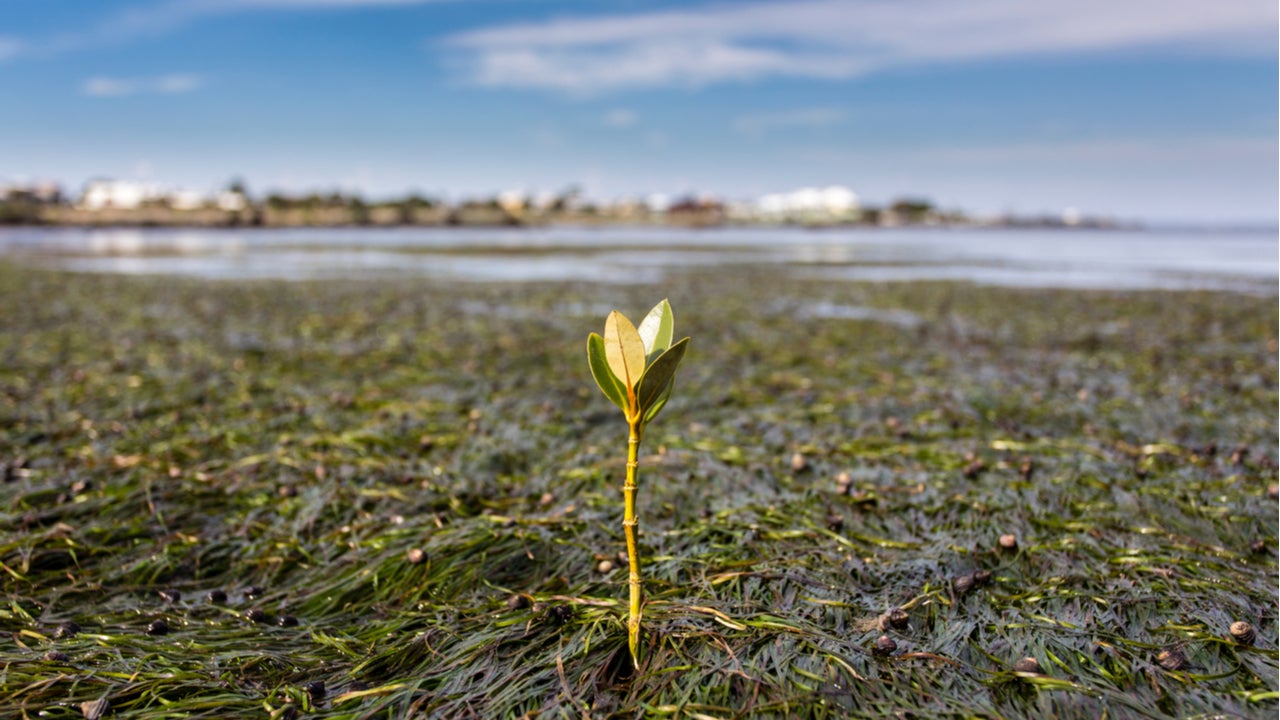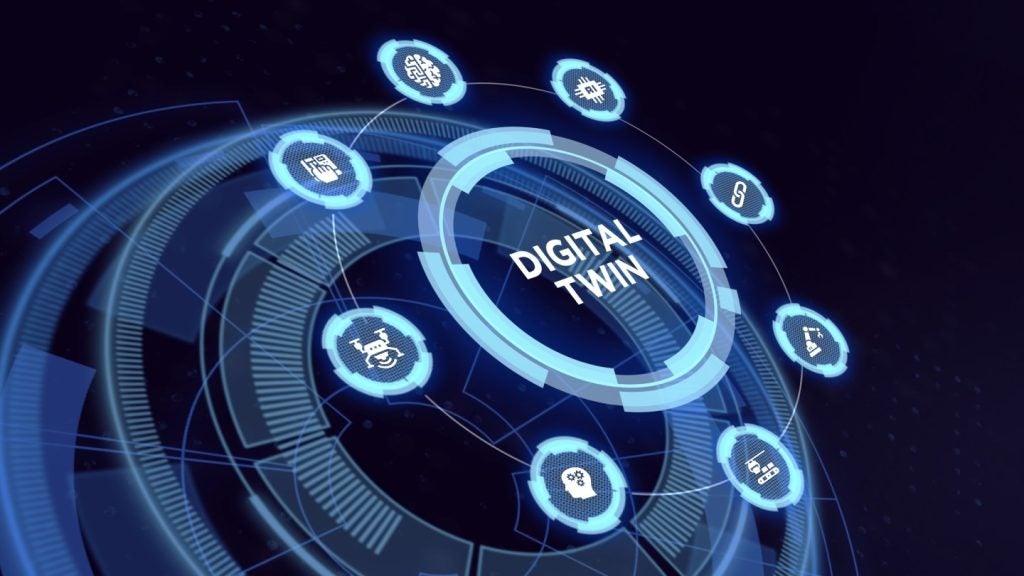
The new blue carbon carbon market is on the verge of rapid expansion. Blue carbon is simply the carbon-storing capabilities associated with marine ecosystems. Seagrass, mangroves, and saltmarshes are major carbon sinks, storing up to ten times more carbon than tropical forests. Large corporations like Apple and MSC Cruises are among those to have spotted the potential in blue carbon offsetting.
Environmental inactivity is no longer an option. Pressure from stakeholders has created a climate action feedback loop that rewards and reinforces corporate climate action, prompting more of it. In this cycle, companies that take climate action win stakeholder approval (e.g., from customers, partners, employees, and investors), which drives reputational and competitive advantage. They are thus incentivized to take further action. This loop is accelerating, with hundreds of companies announcing major public commitments to reduce greenhouse gas (GHG) emissions, including many of the world’s leading brands.
Achieving net-zero emissions requires minimising GHG emissions. For non-avoidable emissions, carbon offsets can be purchased. This has been a major route to environmental responsibility for travel companies while new technology is developed to reduce emissions. Airlines, such as Delta and JetBlue, have pledged to offset carbon emissions. Other multinational corporations, such as Mastercard, are also making moves in this area. In January 2020, Mastercard launched a coalition to restore 100 million trees. A similar concept can be applied to the sea. Companies will increasingly commit to restoring seagrass, mangroves, and saltmarshes, which remove GHGs from the atmosphere during growth.
Blue carbon projects share challenges facing the carbon markets
Carbon markets have a chequered past, with a lack of transparency and standardisation. Legitimate carbon offset requires three key features: additionality, permanence, and unicity. In other words, the projected emissions reduction should be additional to any reduction that would have taken place independently. They should be long-lasting and should not be counted twice across multiple jurisdictions.
The non-profit Verra verifies the legitimacy of carbon offsetting projects. Verra acts to improve transparency and regulation of carbon offsetting programmes by certifying and tracking carbon trading schemes. Verra has registered its first blue carbon conservation project using its methodology: Blue Carbon Project Gulf of Morrosquillo. This is predicted to sequester almost one million tonnes of carbon dioxide over 30 years. It is an essential step in scaling up the blue carbon market. Amy Schmid, ecologist and manager of natural climate solutions development for Verra, says, “There’s a lot of demand for blue carbon credits.”
Recently, Apple, Gucci, and Procter & Gamble have announced blue carbon projects to protect and restore mangroves. A partnership between Apple and Conservation International is acting to protect 27,000-acres of mangrove forest in Columbia. In 2019, Pierfrancesco Vago, MSC Cruises Executive Chairman, stated “Blue carbon offsets will be a specific area of focus of our commitment to ensure carbon neutrality”. Tourism and shipping companies, in particular, should be interested in these projects as they invest in the marine areas they are directly impacting while offsetting their own carbon emissions.
How well do you really know your competitors?
Access the most comprehensive Company Profiles on the market, powered by GlobalData. Save hours of research. Gain competitive edge.

Thank you!
Your download email will arrive shortly
Not ready to buy yet? Download a free sample
We are confident about the unique quality of our Company Profiles. However, we want you to make the most beneficial decision for your business, so we offer a free sample that you can download by submitting the below form
By GlobalDataBeyond climate goals
Blue carbon projects present a climate solution and help achieve multiple environmental goals within GlobalData’s ESG framework . This framework is a holistic approach that encompasses environmental, social, and governance issues to help company leaders ensure all aspects of sustainability are covered in their ESG strategy. The environmental component of the ESG framework contains four pillars: climate change, pollution, biodiversity, and natural resources. Blue carbon projects can help to combat climate change, biodiversity, and natural resource issues.
Blue carbon projects restore and protect essential aquatic habitats. These habitats support biodiversity and can host recovery programmes for endangered and economically important species. Blue carbon projects act as multifunctional sites and provide an exciting avenue for environmental responsibility. According to GlobalData’s latest consumer survey, 37% of shoppers in Europe stated that how ethical, environmentally friendly, and socially responsible the product or service is always, or often has the greatest influence on product choice. This shows the high demand for sustainable products and services, presenting a significant opportunity for companies to build a positive brand image.
By embracing environmental responsibility as a long-term strategy, brands could attract and maintain a considerable customer base. The increasing global desire to protect the environment is boosting an unprecedented amount of sustainable products, as it will become a worthwhile long-term investment. Blue carbon projects provide a new angle for environmental responsibility, benefiting the climate and biodiversity.
At present, innovation in reducing carbon emissions is the most cost-effective way for companies to reach neutrality. However, various industries, materials, and processes currently lack low-carbon alternatives. For these, high-quality and verifiable offsets may be the best option, at least until low-carbon alternatives can be discovered or developed. Blue carbon markets are at the precipice of rapid growth. However, this expansion hinges on the verification of more blue carbon offsetting projects.







Related Company Profiles
Apple Inc
Mastercard Inc